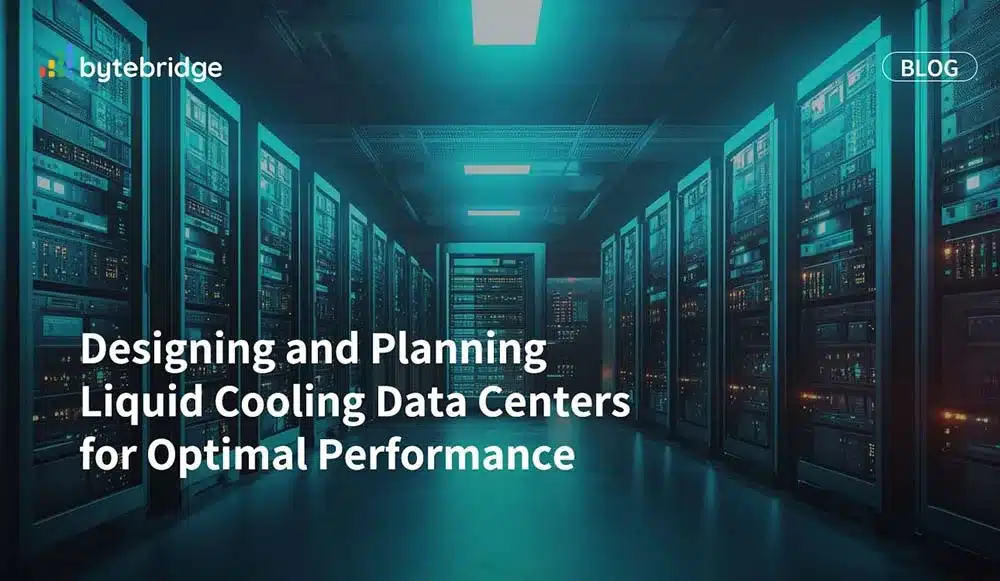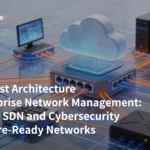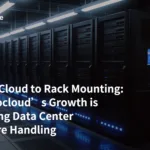As the demand for high – performance computing and AI – driven applications continues to surge, traditional air – cooling systems are struggling to keep pace with the escalating thermal loads. Liquid cooling has emerged as a highly efficient alternative, offering superior cooling capabilities and significant energy savings. If you’re considering designing and planning a liquid – cooled data center, here are some crucial factors and best practices to ensure optimal performance.
Site Selection
The location of your data center is paramount. When selecting a site for a liquid cooling data center, consider factors such as proximity to water sources for makeup water, local climate conditions to leverage free cooling opportunities, and the availability of skilled labor for system maintenance. Additionally, ensure the site has adequate space for the liquid cooling infrastructure, including cooling towers, fluid storage tanks, and piping networks. A well – chosen site can reduce operational costs and enhance the overall efficiency of your liquid cooling system.
Layout Design
The layout of your data center directly impacts the effectiveness of the liquid cooling system. Adopt a hot – aisle / cold – aisle containment strategy to prevent hot and cold air mixing. Arrange server racks in a way that facilitates efficient airflow and liquid distribution. Position heat – generating equipment such as servers and storage arrays to allow for straightforward cooling fluid routing. Also, consider incorporating modular designs that enable easy scalability and future expansion of the cooling infrastructure.
Cooling System Architecture
There are several liquid cooling approaches to choose from, including direct – to – chip cooling, immersion cooling, and rear – door heat exchangers.
- Direct – to – chip cooling involves circulating cooling liquid directly to the heat – generating components like CPUs and GPUs. This method provides highly targeted cooling and is effective for high – density computing environments.
- Immersion cooling submerges the entire server or electronic components in a dielectric cooling fluid. It offers exceptional cooling performance and is ideal for extreme high – heat – load scenarios.
- Rear – door heat exchangers are mounted on the rear of server racks and use cooling liquid to absorb heat from the exhaust air. This approach is relatively easier to implement in existing data centers.
Select the cooling system architecture that best aligns with your specific workload and heat load requirements.
Piping Design
A well – designed piping network is essential for the efficient operation of a liquid cooling system. Optimize pipe sizing and routing to minimize pressure drops and ensure adequate cooling fluid flow rates. Use high – quality materials for piping to prevent leaks and corrosion. Implement proper insulation for pipes to reduce heat gain or loss and prevent condensation. Additionally, incorporate a reliable leak detection system to promptly identify and address any potential leaks in the piping infrastructure.
Electrical System Integration
The electrical systems in a liquid – cooled data center must be carefully integrated with the cooling infrastructure. Ensure that electrical equipment such as power distribution units and uninterruptible power supplies are positioned away from potential cooling fluid leakage areas. Provide proper electrical connections and controls for cooling pumps, valves, and other components of the liquid cooling system. Implement comprehensive monitoring and control systems to coordinate the operation of electrical and cooling systems, ensuring stable and efficient data center operations.
By carefully considering these factors and adhering to best practices in the design and planning phases, you can create a liquid – cooled data center that delivers high performance, energy efficiency, and scalability.
How ByteBridge Can Help
ByteBridge offers a comprehensive Liquid Cooling – as – a – Service (LCaaS) solution. The services cover planning, design, deployment, and maintenance of liquid cooling systems, helping you achieve optimal data center performance without the need for large upfront infrastructure investments. With ByteBridge’s expertise and end – to – end support, you can accelerate your transition to a high – efficiency liquid – cooled data center and meet your density goals while keeping costs under control. Conatct us to learn more about the liquid cooling solutions and start designing your optimal liquid – cooled data center today.
Read more
Curtis Breville Joins ByteBridge to Drive AI Infrastructure & Advanced Cooling Solutions
ByteBridge Launches Industry’s First Foundational Liquid Cooling Certification (FLCC) Program
Liquid Cooling Training: Bridging the Knowledge Gap in AI Data Centers
Direct-to-Chip Cooling Explained: The Future of Liquid Cooling in AI Data Centers
From Pilot to Production: Liquid-Cooled Load Bank Rentals That Keep HPC Projects on Schedule






